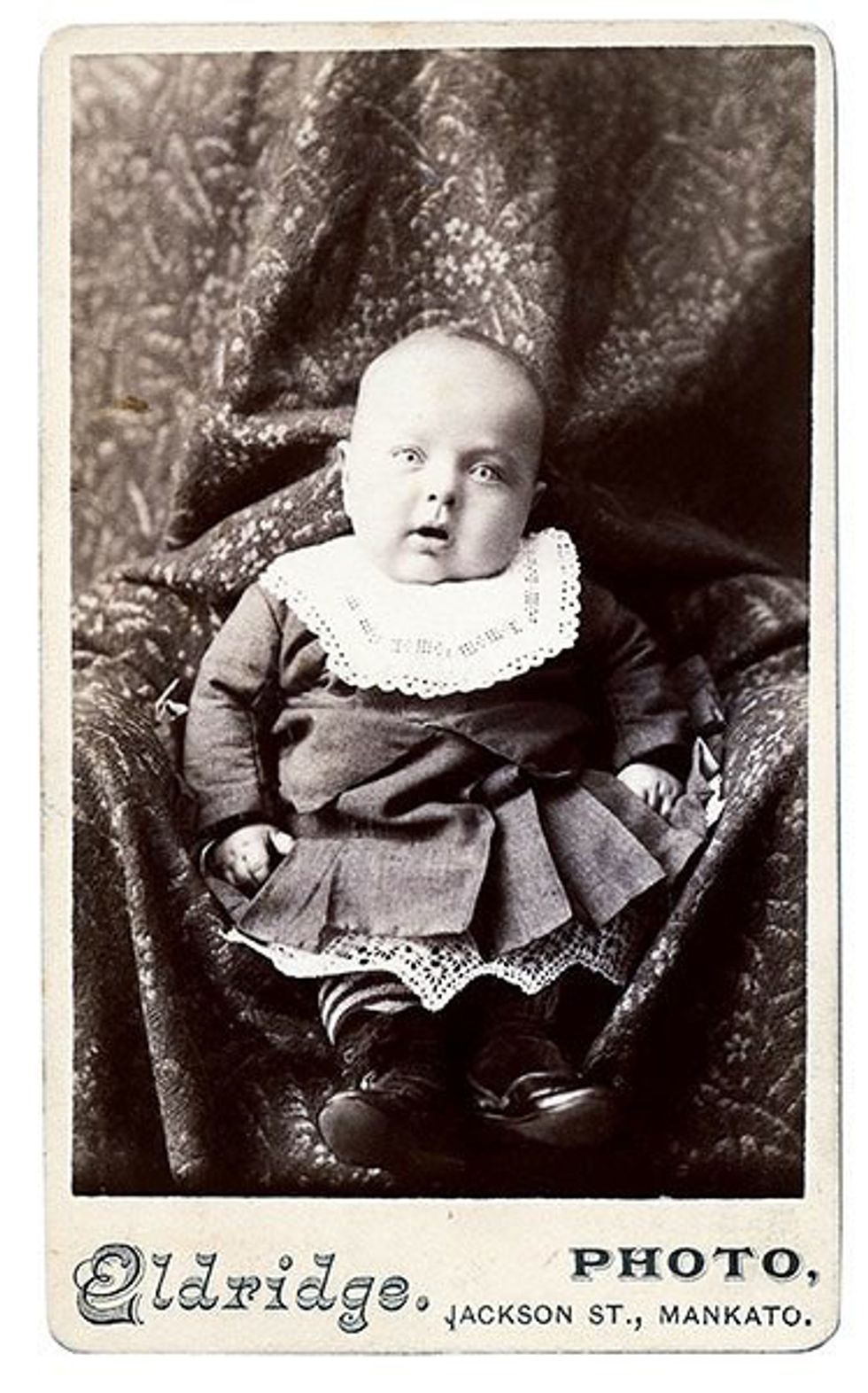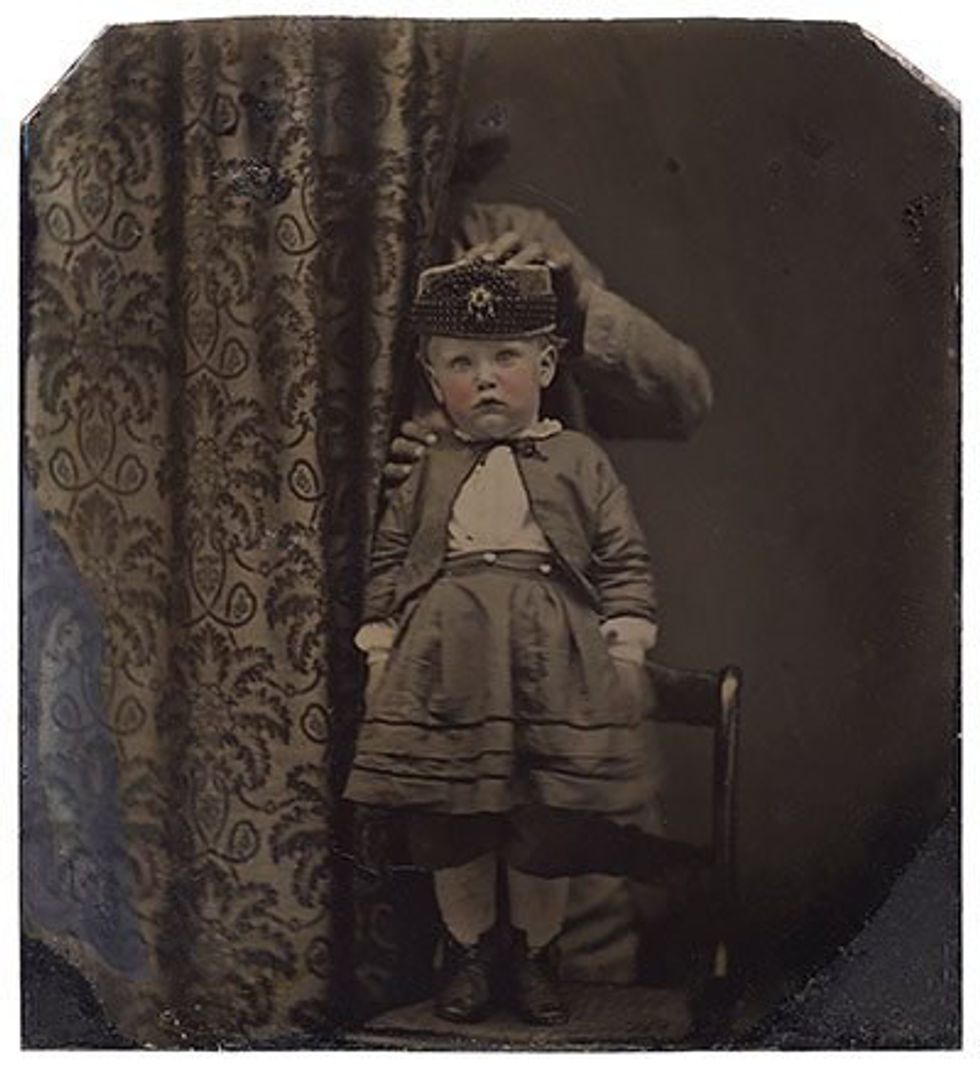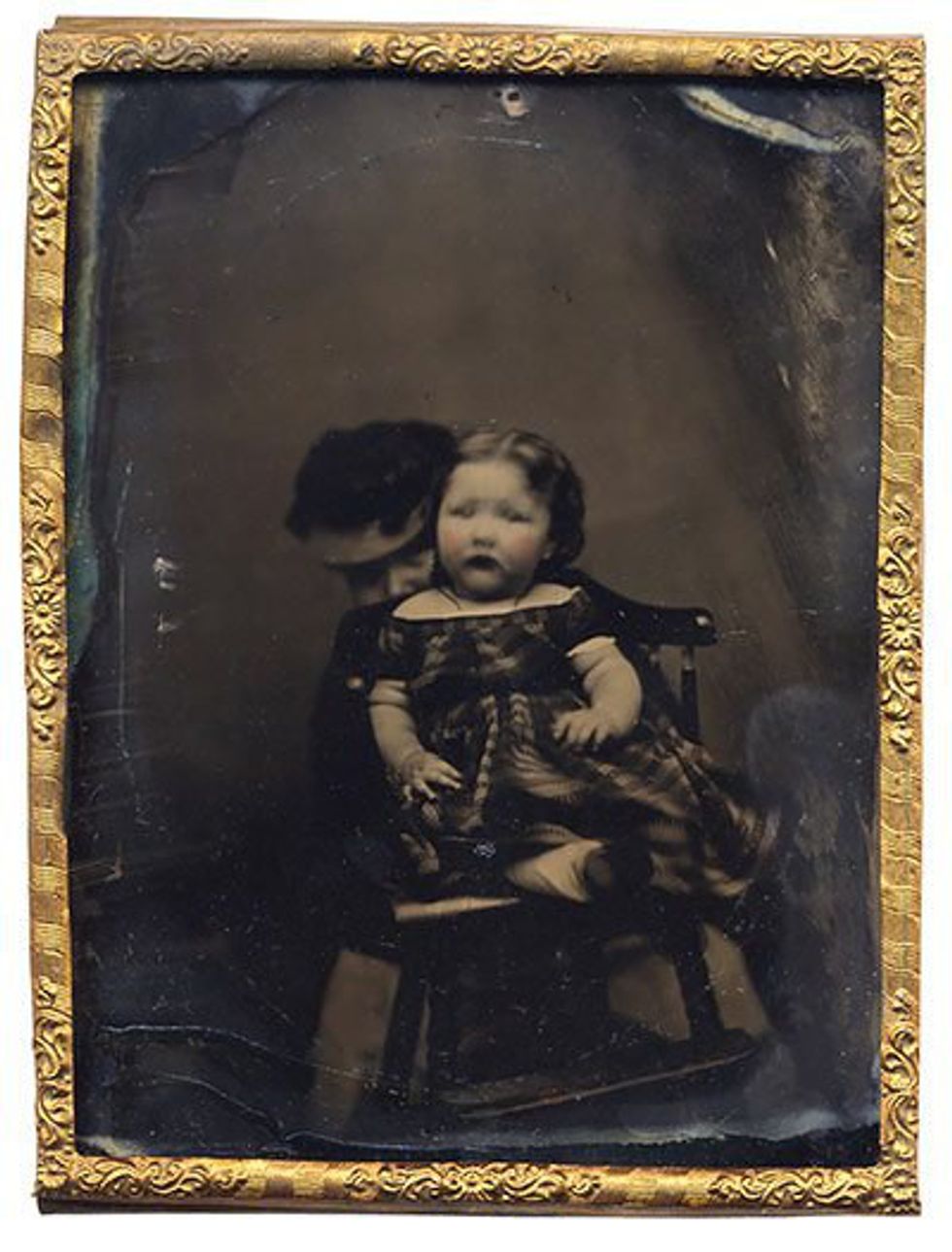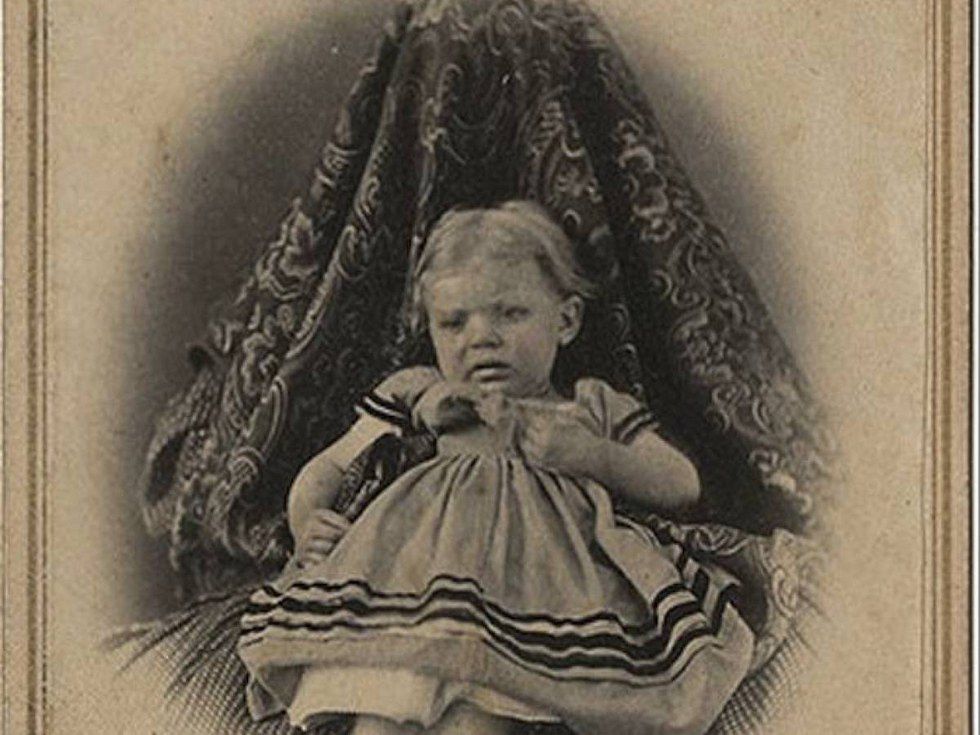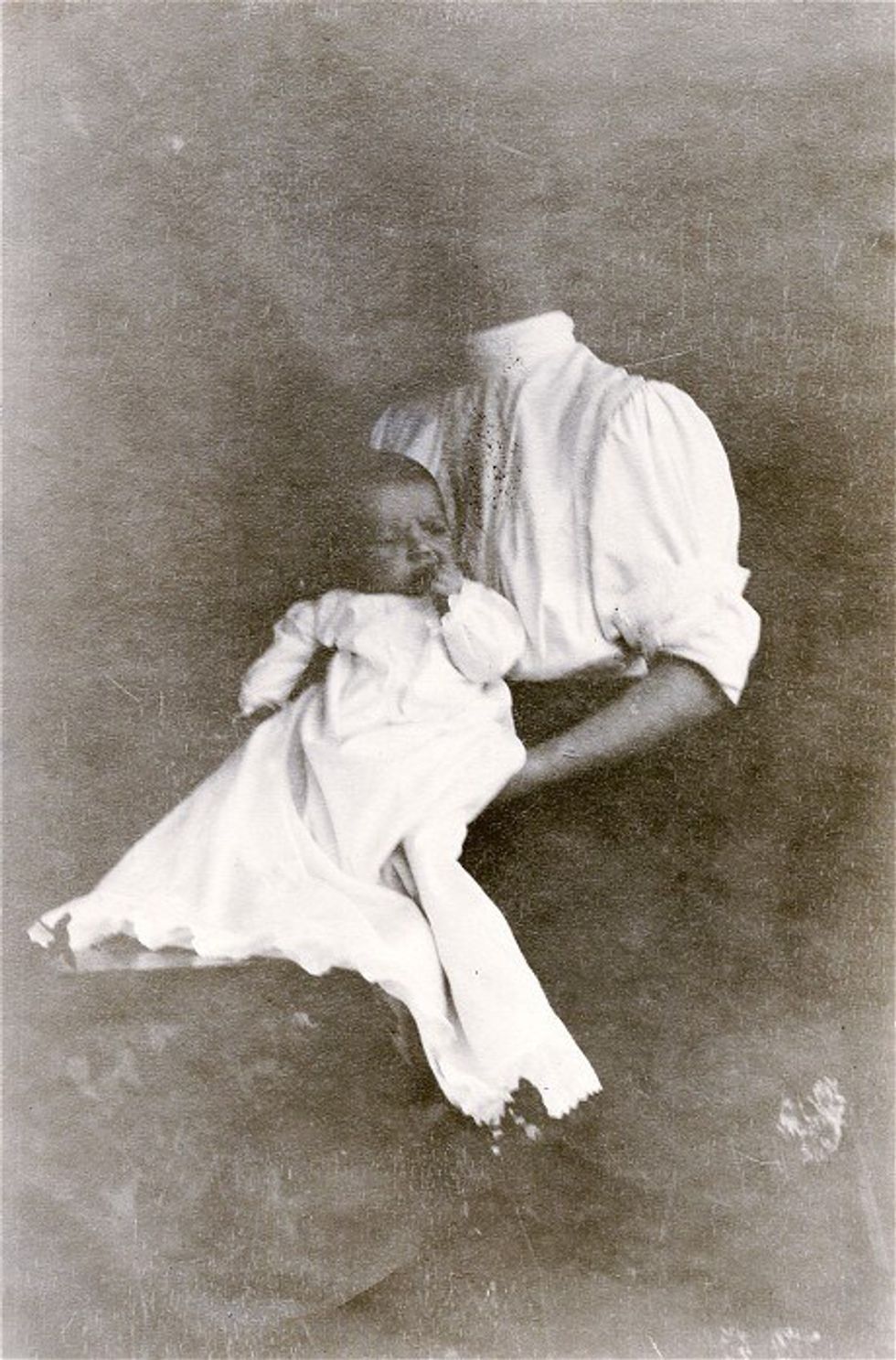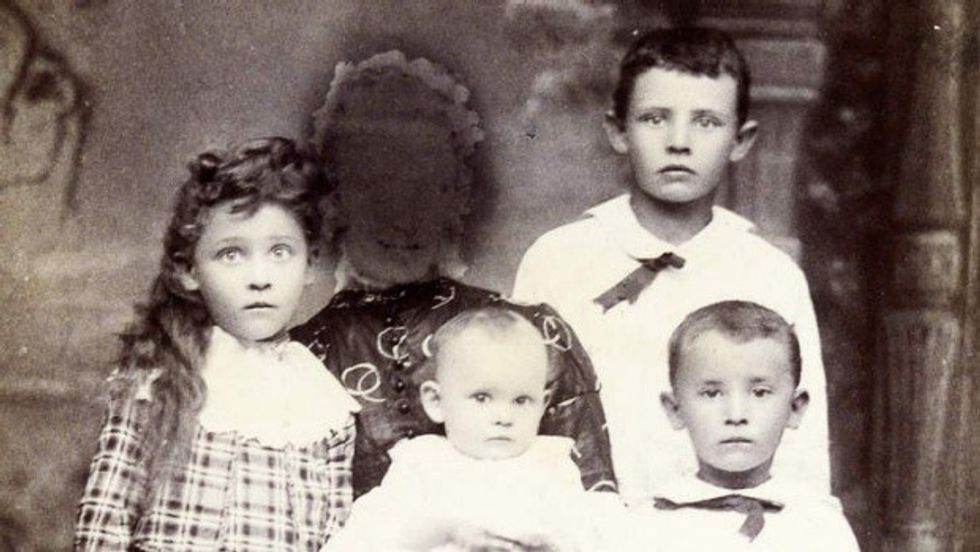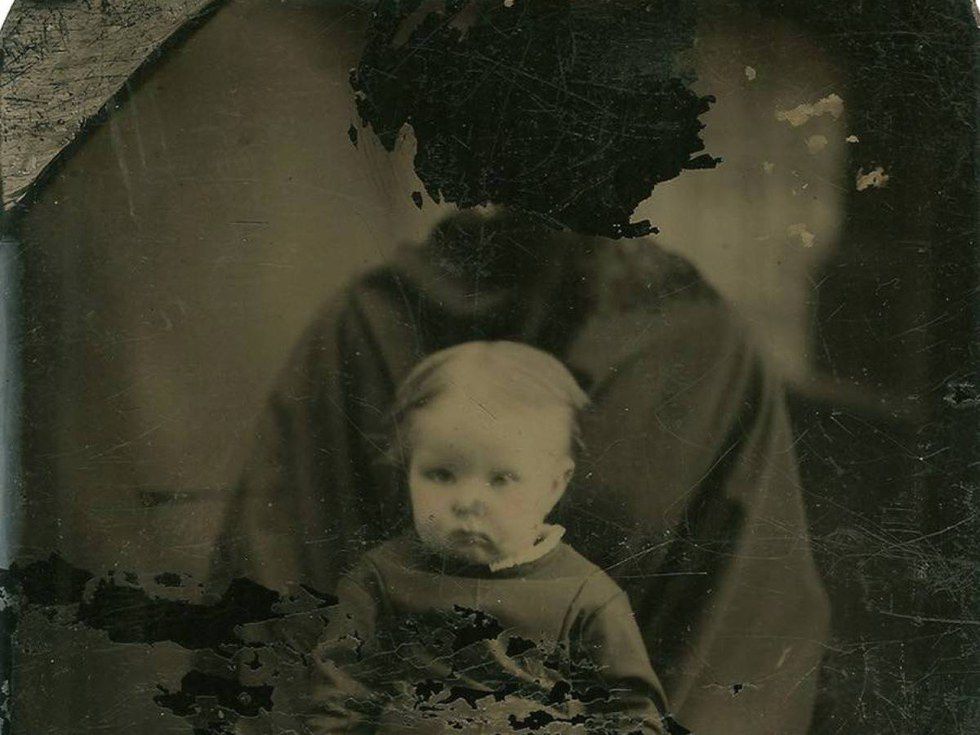Photography has advanced greatly today since the 19th century. We are able to take photos in under a second, we are able to capture movement to be remembered in our pictures. We can take high-resolution pictures in near darkness without the use of a flash. Times were very different in the mid-1800s when photography had just started to become popular in society.
It took much longer to process a photograph, and taking pictures was something one did on a special occasion.
Recommended for you
The average time to process a photo in the mid 1800s took around 30 seconds, which meant that one had to sit very, very still, in order to get a clear, crisp picture of the subject (this is why, in postmortem photography, it is easy to tell which person is dead due to their clarity to others).
This is also why it proved very hard to get younger children to stay still for that amount of time, since even today, it is hard to get them to sit still for a digital picture. Sometimes, an older person was able to obtain a head clamp to sit still, but on children, this proved difficult because of their small size, so the mother had to hold them still long enough for the picture to be taken.
The mothers or fathers were usually disguised as furniture, had a sheet over them, or their faces were scratched or hidden. This led to a type of photography that we now know as "invisible mothers."
A mother disguised with a cloth.
A mother hidden behind a curtain, making sure her child stays still.
A mother's face distorted in order to keep this picture strictly about the child.
Headless photography was also a favorite in Victorian times since they liked to manipulate their photos quite a lot. Victorian times were often very fascinated with the macabre and death and usually tried to use it as much as they could.
A mother and her children
Since photoshop was not available those days, they had to find other methods of taking baby pictures.
Fathers were also known to be "invisible" in this kind of photography as well.




